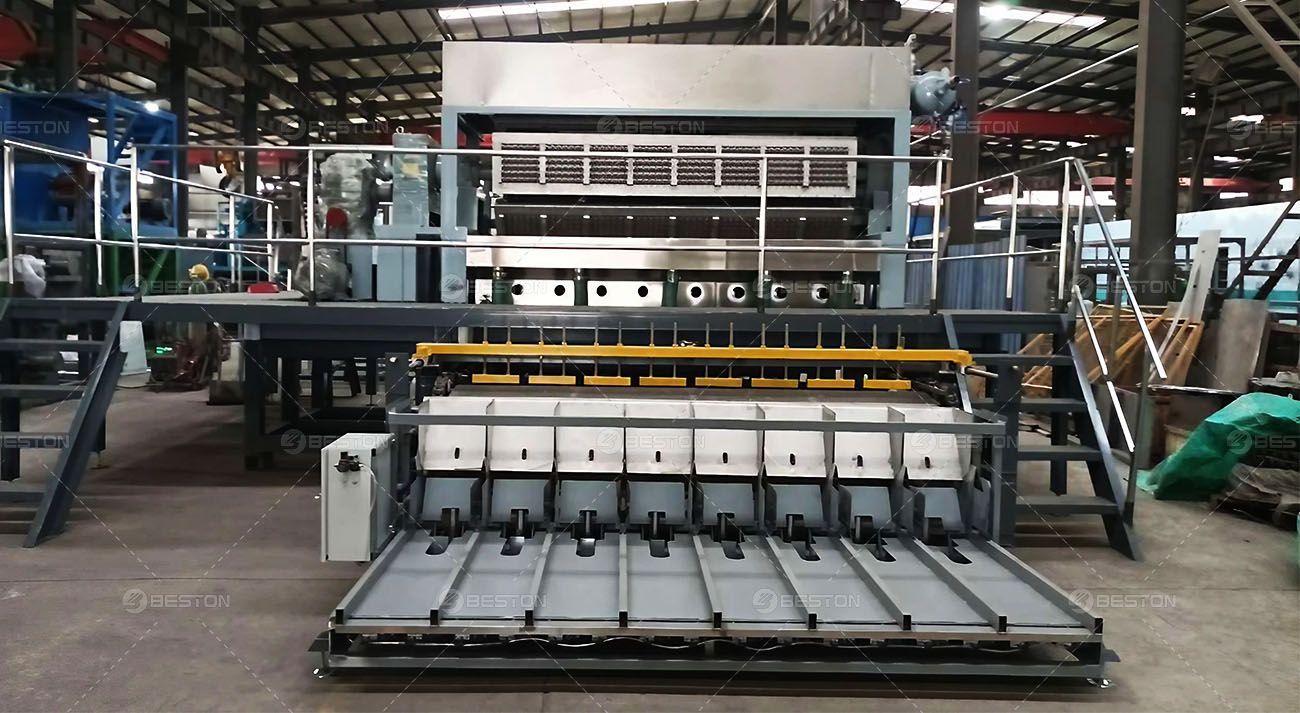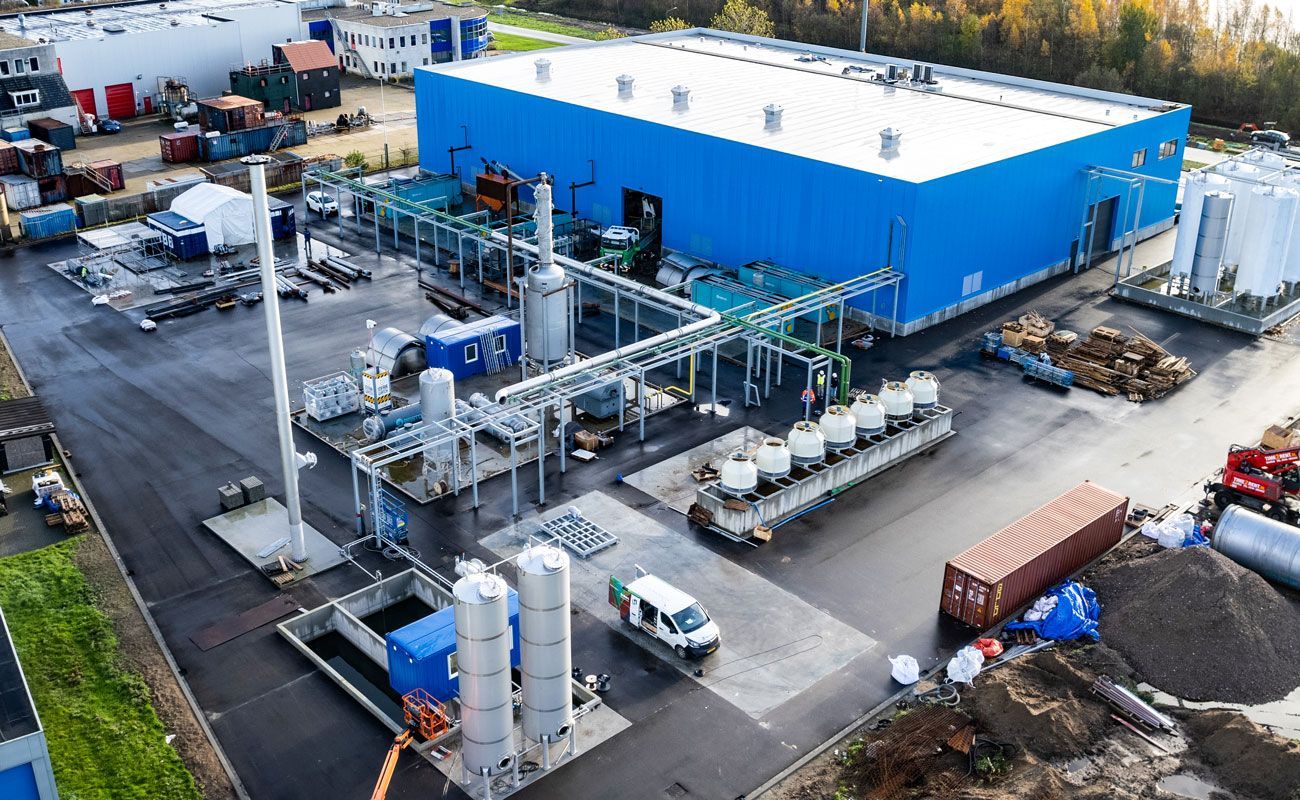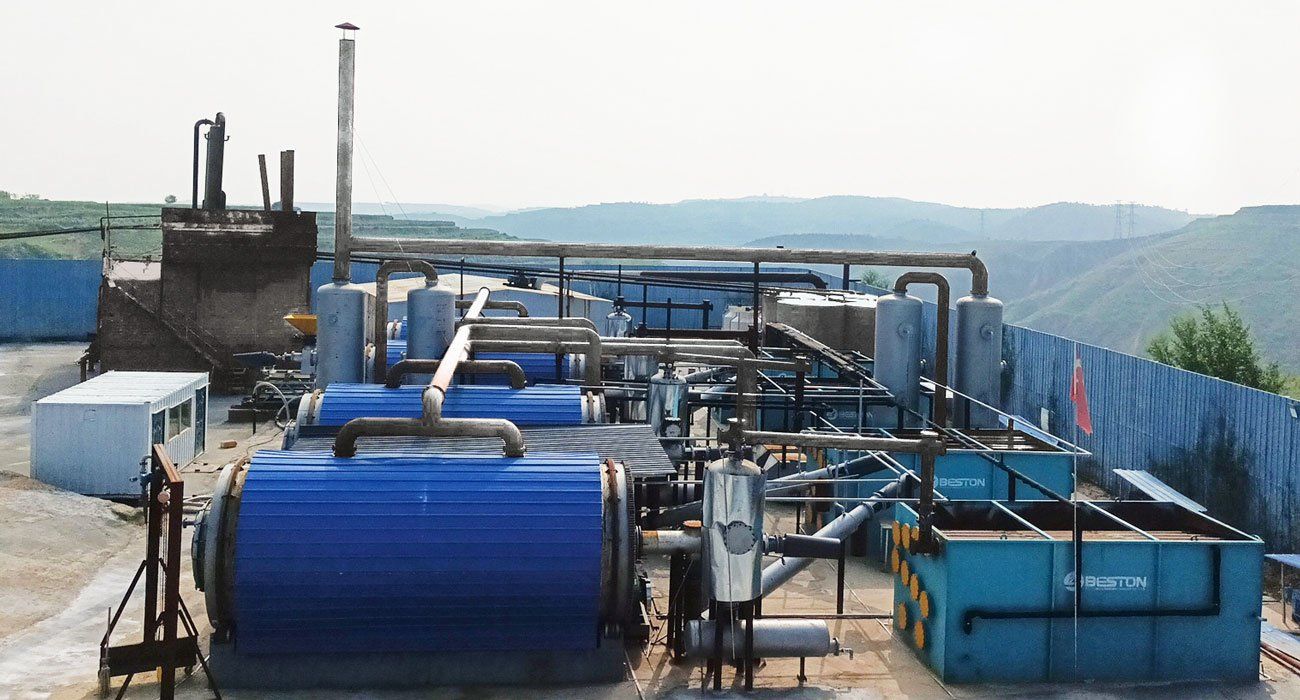Turning Waste Rubber Into Dollars Using A Pyrolysis Plant
- By zhou qi
- •
- 10 Jan, 2020
It is estimated that there is over $650 worth of value in one lot of waste rubber tires. That value is just waiting to get recovered through the help of tire to oil pyrolysis machines. With such machines, waste tires are shredded then heated within an oxygen-free chamber (pyrolyzed) for any set period. This converts all waste rubber into fuel oil and combustible gas, while leaving behind the very first carbon black and steel wire. One lot of scrap tires contains approximately 400kg of oil, 300kg of carbon black and 100kg of steel.
It's important to note that we now have different kinds of pyrolysis plants for sale available, including batch, semi-continuous and continuous. The latest models of are designed for the employment cases and raw materials of different customers. Continuous tyre pyrolysis plants are equipped for processing countless a great deal of waste rubber every week at a facility that operates 24/7.
Let's check out the specifications of just about the most popular fully continuous pyrolysis plants: the BLL-20. The BLL-20 features a daily capacity of 20 to 24 tons. It will take up a floor part of 45m x 25m x 10m and contains an overall power rating of 71.4Kw/h. The reactor of the BLL-20 has a diameter of 1.4 meters along with a length of 11 meters. It features a horizontal and rotary pattern design. The kinds of heating materials which can be used to fuel the reactor include fuel oil, LPG, natural gas, wood, charcoal, etc. The plant could be used to process oil sludge, waste plastic, and general rubber waste in addition to used road tires. The lifespan duration of the BLL-20 is stated as 5-8 years on the specification datasheet as well as the model utilizes a water cooling design inside the condenser system.
With regards to the cost of tire pyrolysis plants, there are numerous parameters that can come into play. A number of the cheapest plants can be found from overseas suppliers who get access to lower-priced raw materials plus a cheap labor market. You will discover many high-quality tire to oil machines for sale from manufacturers in China. So many people are shocked to find that regardless if global shipping costs, import taxes, and currency conversion fees are taken into consideration domestic suppliers can't compete on quality and price with Chinese pyrolysis plant suppliers.
The good thing about investing in a pyrolysis technology is the ROI rates are incredibly high and also fast. What's more, the green tire recycling industry is only set to increase within the coming decades as more countries look for environmentally friendly ways to deal with mounting rubber waste.




